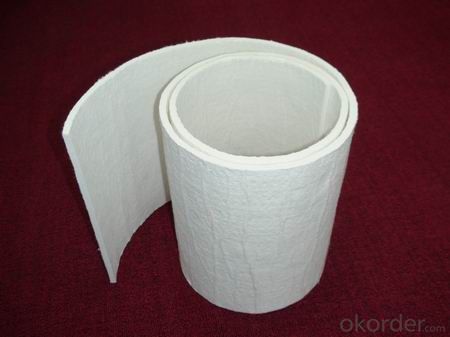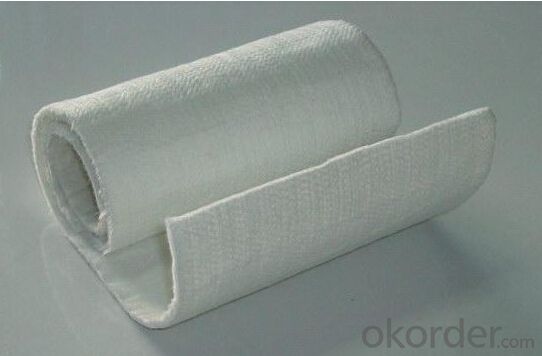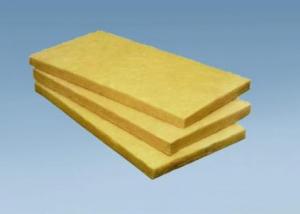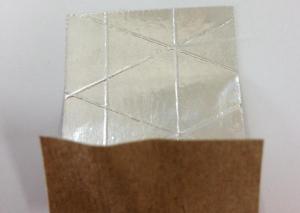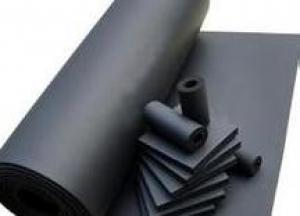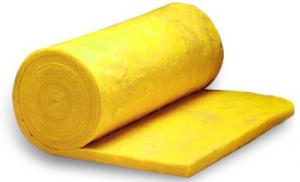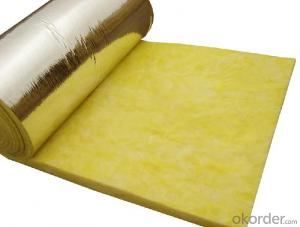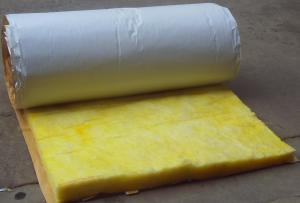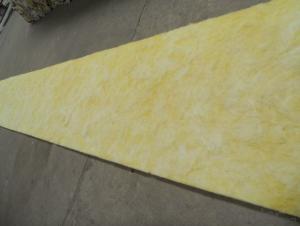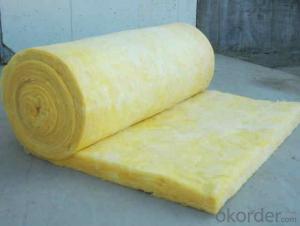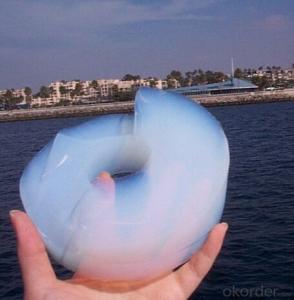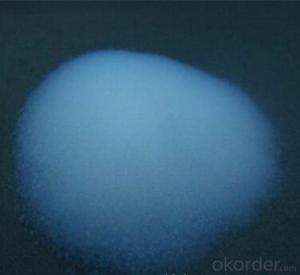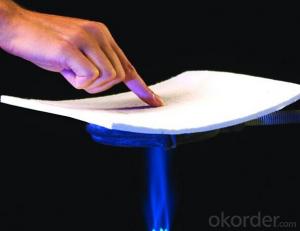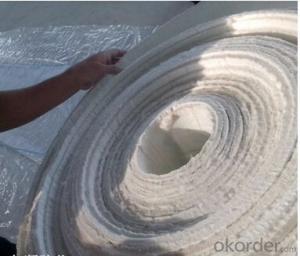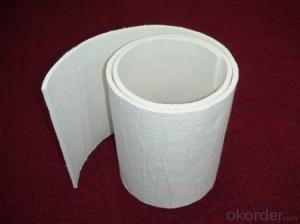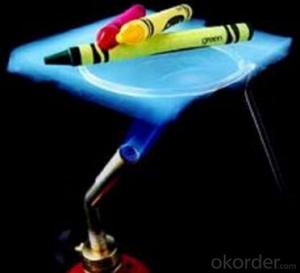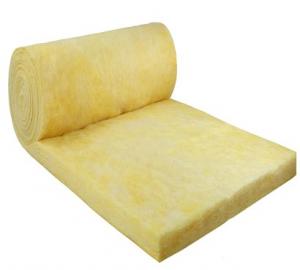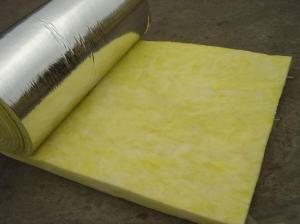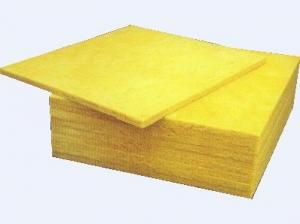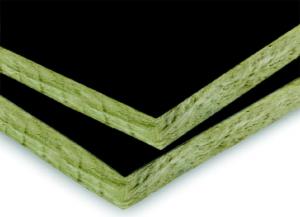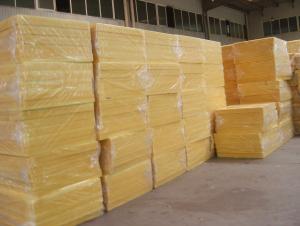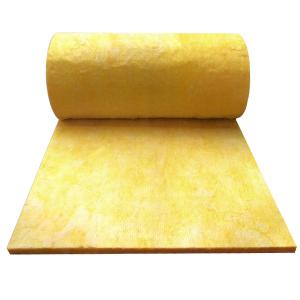Glass Wool BCEG-200 Insulation Material for Oven Use Aerogel Insulation Felt
- Loading Port:
- Tianjin
- Payment Terms:
- TT OR LC
- Min Order Qty:
- 10000 m²
- Supply Capability:
- 10000000 m²/month
OKorder Service Pledge
OKorder Financial Service
You Might Also Like
1.Description
Aerogel Insulation Felts
Using special nanotechnology, It combines a silica aerogel with reinforcing fibers to deliver very low thermal conductivity, low density and good flexibility in an environmentally safe product. It provides excellent properties of waterproof, sound absorption and shock absorption. It is an alternative to the common, environment unfriendly, inferior insulation products, such as PU, asbestos insulation felt, silicate fibers, etc.
2.Specifications
1.Superior Thermal Performance
2.Long service life
3.Environmentally Safe
4.Sound resistance
3. Advantages
(1).Superior Thermal Performance
The maximum use temperature is 1000℃,Its thermal conductivity is 1/3~1/5 of common insulators, helping reduce heat loss and optimizing space utility.
(2). Long service life
Unlike other traditional insulation materials, aerogel ’s three- dimensional, structure inhibits sintering warpage, and particles stack which may occur under hot temperature for long time. Therefore, aerogel insulation has long service life.
(3). Physically Robust:
It has flexibility and high tensile strength, resisting stretching and stress from linear contraction when temperature changes.
(4). Environmentally Safe:
Composed of inorganic materials, it contains no hazard. Stripping little chloridionm will cause no corrosion to the equipments and pipes.
Low and ultra-low temperature equipment and piping applications
Petrochemical, power equipment applications
(5). Easy to Install
Extremely low density (200kg/m3) contributes to easy-to-cut and easy-to-install.
4. Technical Standard
Property | Unit | Techicial Standard | |
(refractoriness) | ---- | A Grade | |
(Density) | kg/m3 | <220< span=""> | |
(Lyophobic) | % | >99 | |
Thermal Conductivity | 25℃ | W/(m·K) | ≤0.023 |
70℃ | ≤0.029 | ||
200℃ | ≤0.036 | ||
300℃ | ≤0.045 | ||
400℃ | ≤0.056 | ||
5. Application
Oil pipe, steam pipe, refrigerator interlining, oil tank, central airconditioning pipe, chemical pipe with the requirement of fire resistance, vehicle thermal insulation, national defence, military industry, heat supply pipelines in city insulation, biological medicine pipes and equipment and so on.
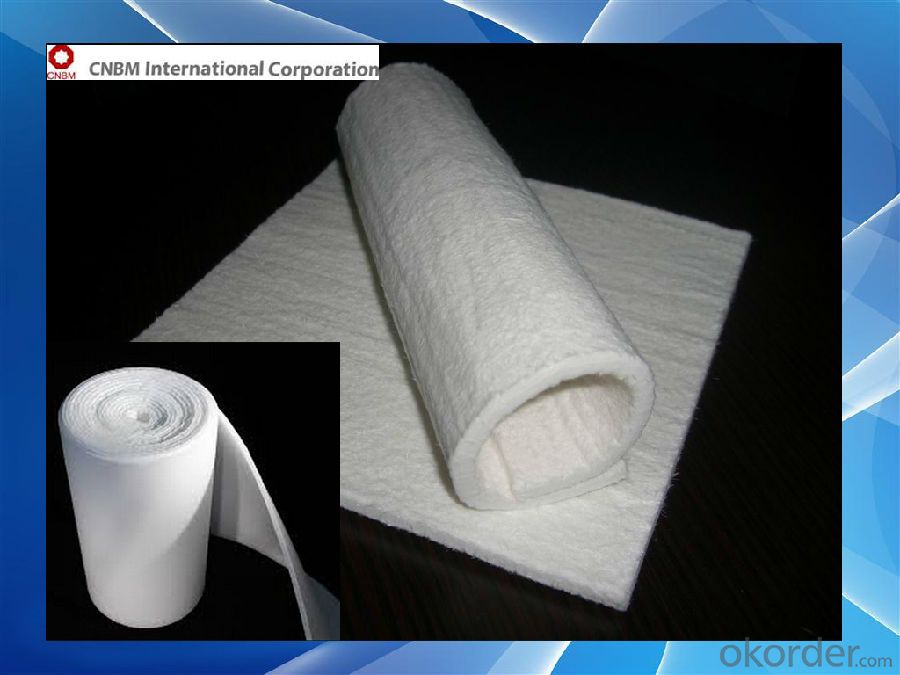

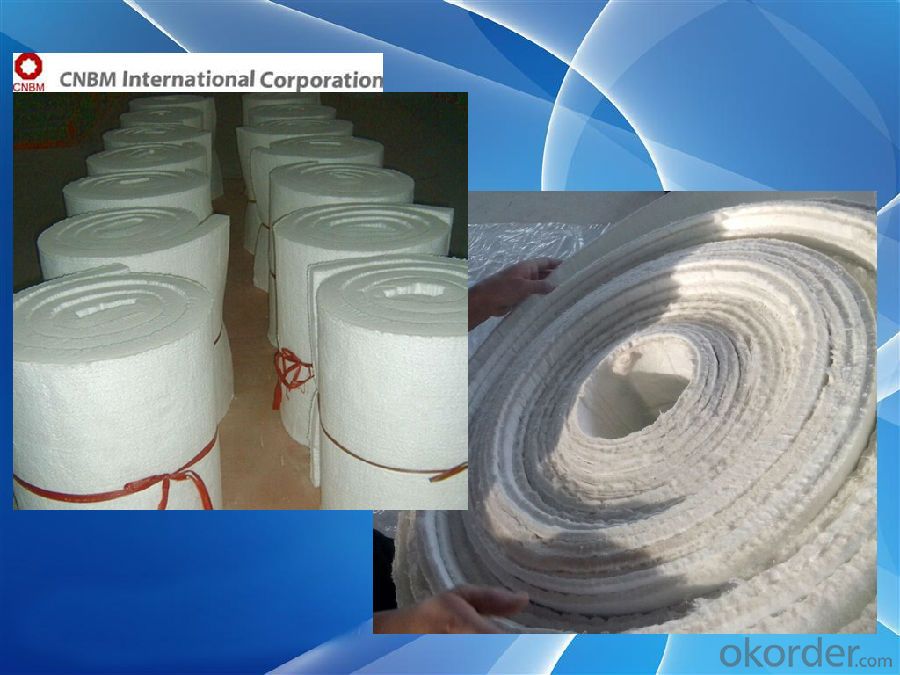
- Q: What are the advantages of Rock wool and import glass wool respectively?
- Rock wool: Also known as rock cotton, mineral rock. With minerals as raw materials, it is fluffy short fine fibers. Main raw materials such as basalt, pyroxenite, dolomite, iron ore, bauxite will be made into fiber rock wool after high temperature fusion, and fiberization. It can be used as high temperature and ablation resistance as well as thermal insulation materials; sound-absorbing and thermal insulation materials for construction equipments. Asbestos alternatives can be used as cement products, rubber reinforcing materials and high temperature sealing materials, as well as high-temperature filter and catalytic carrier, etc. 1. Insulation property: Basic features of Insulation performance of rock wool, slag wool products 2. Combustion performance 3. Sound insulation performance: Rock wool, slag wool products have excellent sound absorption performance. Glass wool belongs to glass fiber. Category: machine-made fiber, molten glass wool glass, fibrosis-like materials, it is the fiber that belongs to glass. Type, bulk density, low thermal conductivity, thermal insulation, sound-absorbing performance, corrosion resistance, chemical stability.
- Q: Which is more effective in retarding fire, rock wool or glass?wool? What is the difference between rock wool and glass wool?
- In terms of fireproof effect, rock wool is certainly better than glass wool. The maximum temperature of rockwool is 1100 ℃, and glass wool is only 600 ℃. In addition if used in the external walls, the highest unit weight of glass wool can only be in the range of 60-90, but rock wool can be over 140. Generally glass wool can not be used in external wall at present. Only rock wool is A grade fireproof material.The heat conductivity coefficient of glass wool is lower than glass wool and the fibre length of rock wool is longer than glass wool. As for price, tons of glass wool rock is more expensive than that of rock wool. However, if counted by square size, glass wool is cheaper per square size than rock wool.
- Q: How to conduct thermal insulation construction of external wall glass wool?
- Firstly fix glass wool with insulation nails to the wall so as to prevent glass wool from falling. It is so essential to make a vapor barrier on the surface of glass wool so as to avoid moisture condensation of water in the air in glass wool and reduce insulation properties.
- Q: What environmental pollutions will be created during the production of glass wool?
- It is quite dangerous. Glass wool is very small, such as phenol. If it gets into lungs,the health hazards in the exhaust gas are harmful. If it is on the skin, it will be atingle and itchy. During the production of glass wool, there will be formaldehydes and glass fiber dust.
- Q: Does anyone know about the filling materials in the steel stud, is it glass wool or mineral wool?
- Generally, rock wool is the filling materials.
- Q: how to choose external wall insulation materials for glass wool?
- Glass wool insulation materials insulate medium and low temperature. it belongs to A level fireproof materials and non-combustible. the use temperature of glass wool insulation material is-120 ℃ -400 ℃, used in construction, petrochemical, power, metallurgy and other fields of thermal insulation, sound absorption. Glass wool glass fibers is a man-made mineral fiber, a kind of glass fiber. Glass wool is molten glass that undergoes fibration process, cotton-like material. it is a good shaped inorganic fiber with small volume density, low thermal conductivity, thermal insulation property, sound-absorbing properties, corrosion resistance , chemical stability.
- Q: Does the glass wool can be the grapes thermal insulation in winter?
- this can be the experience talk after using it. 3, or capable of burning: the glass wool you chose is A-grade material, or the A grade insulation material have this kind of glass wool as you said. 2, seedling growth conditions, thermal insulation is whether hot or cold insulation. this non-combustible material has national standard, if you want to use for external walls, you also observed carefully, but the performance of rock wool thermal insulation is poor, and there is a kind of basalt rock wool, it also have the fire side, that is non-flammable, of course, it at least 5 cm or more. Of course, you have to roast on the fire, this is pretty troubling: I suggest that if there winter is quite cold, the designing institute will issue relevant documents to work out the number of glass wool from the market point of view: As the thickness, you have to consider in all round, so your choice is the right one.
- Q: Does glass wool equals to rock wool?
- It has advantages of good sound-absorbing , welding and thermal insulation performance, small bulk density, chemical stability, corrosion resistance, and belongs to glass in terms of chemical composition. It is an man-made inorganic fiber, cotton-like material. Glass wool belongs to glass fiber with low thermal conductivity which is a mineral wool. Rock wool is also known as asbestos. Glass wool fiberizes molten glass.
- Q: What is the density of glass wool?
- Glass wool, a man-made inorganic fiber, belongs to a kind of glass fiber. It is a spongiform material made through fibration of melten glass. It is an inorganic fiber whose chemical components belong to glass, having good formability, low bulk density, low thermal conductivity, good thermal insulation and sound absorption, corrosion resistance and chemical stability. For centrifugal glass wool whose thickness exceed 5 cm and unit weight is 16Kg / m3, the sound absorption coefficient of low frequency125Hz is about 0.2, and that of middle and high frequency is close to 1. When the thickness continues to increase from 5cm, the low-frequency sound absorption coefficient also increase gradually. When the thickness is greater than 1m or more, 125Hz low frequency sound absorption coefficient will also be close to 1. Thicknesses of acoustic glass wools often used in architectural acoustics are 2.5cm, 5cm, 10cm, and unit weights are16,24,32,48,80,96,112kg / m3. centrifugal glass wool whose thickness is 5 cm and unit weight is 12-48kg / m3 is usually used.
- Q: How much is the Dalian glass wool fireproof panel?
- 1, ultra-fine glass wool board centrifugal glass wool felt glass wool insulation tube A class fireproof ? 1802, high-quality glass wool board centrifugal glass wool, fireproof glass wool, water-repellent wool ? 123, A-class fire insulation ultra-fine glass wool glass wool board ? 74, glass wool board fireproof cotton wool board aluminum foil insulation board sound insulation cotton sound absorbing cotton ? 10 more than the price from the network, for reference only, subject to the specific purchase price.
Send your message to us
Glass Wool BCEG-200 Insulation Material for Oven Use Aerogel Insulation Felt
- Loading Port:
- Tianjin
- Payment Terms:
- TT OR LC
- Min Order Qty:
- 10000 m²
- Supply Capability:
- 10000000 m²/month
OKorder Service Pledge
OKorder Financial Service
Similar products
Hot products
Hot Searches
Related keywords



